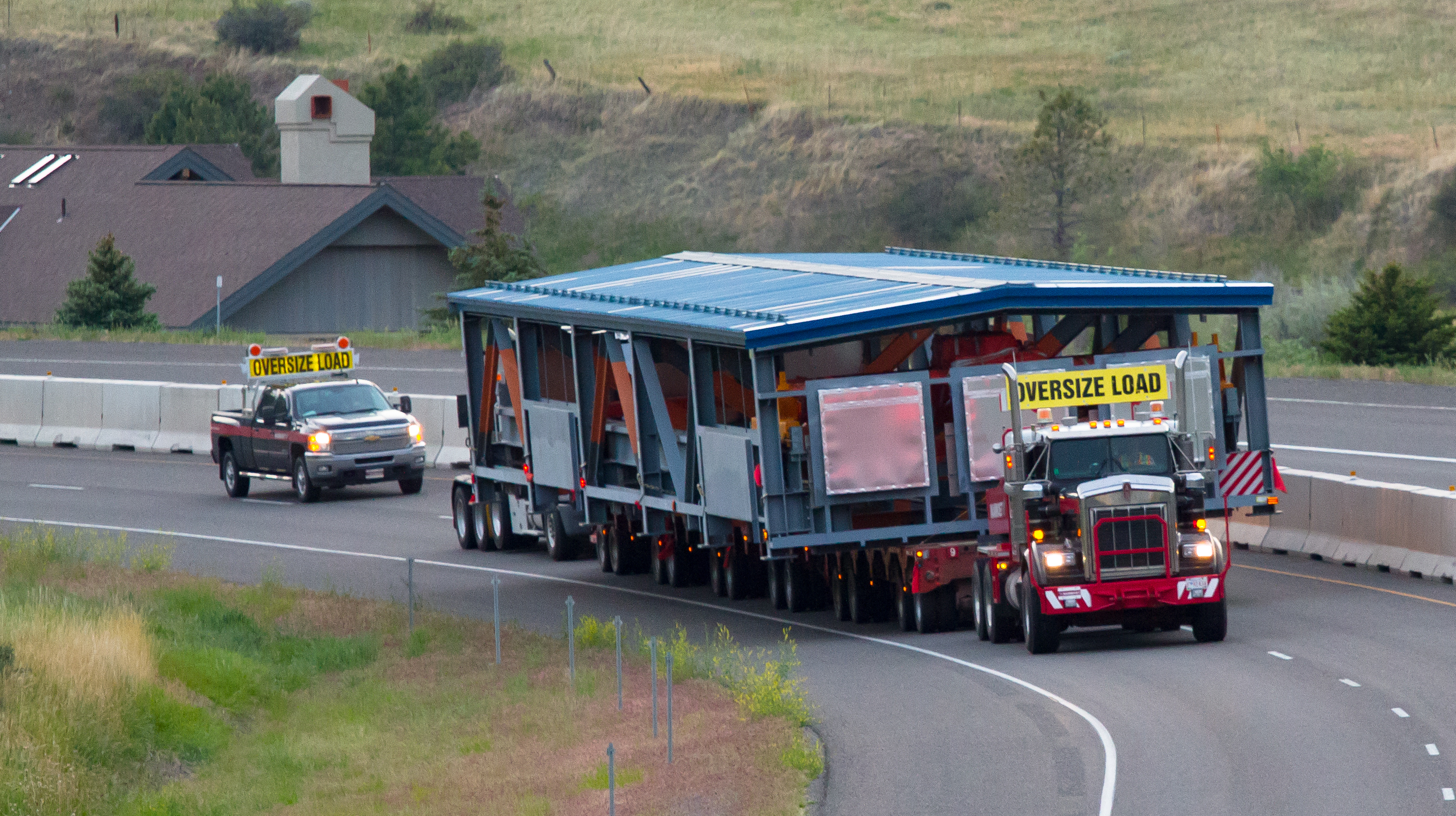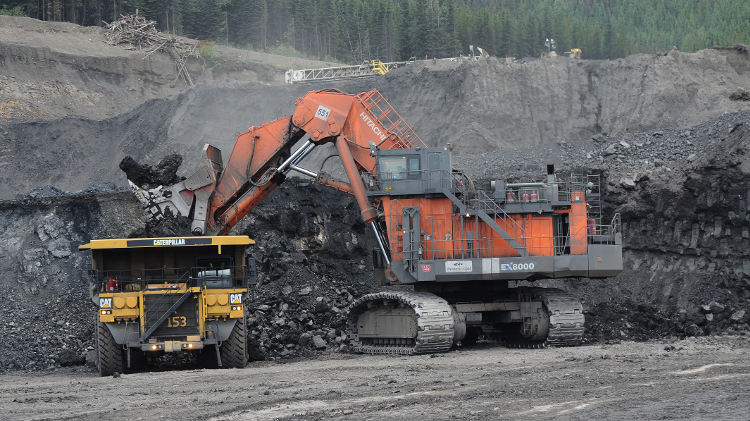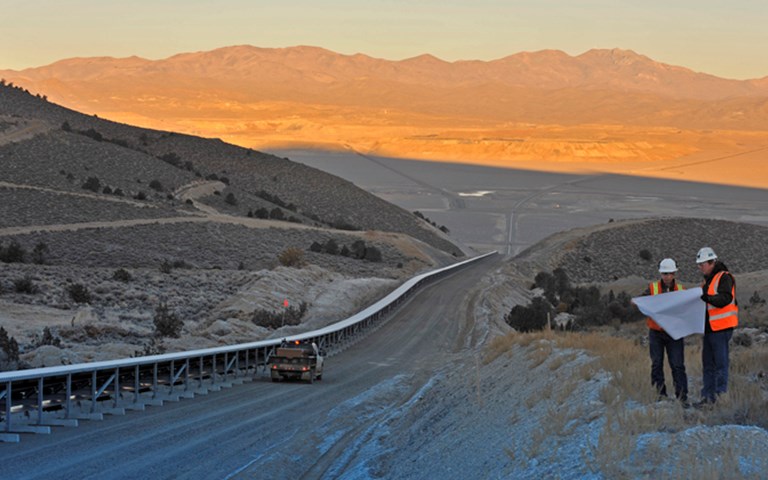Barrick Gold’s operations consumed about $1.1 billion in energy in 2014. Courtesy of Barrick Gold
For the past five years Barrick Gold and Deloitte have been examining Barrick’s energy use in the hopes of cutting operating costs and emissions. Any savings could make a big difference if magnified across the organization; last year Barrick spent roughly $1.1 billion on energy, accounting for more than a quarter of its total operating costs. The two companies are developing a new energy strategy, and they will be building a wide range of new business models and testing new operating techniques over the coming months and years. As Barrick’s senior energy manager, Russell Blades, pointed out, some of the changes will be relatively small and easily accomplished. But he also said he hopes Barrick’s initiatives will demonstrate that huge opportunities still exist for the mining industry with regard to better energy efficiency.
Changing energy environment
Blades said Barrick, like most mining companies, only began paying more critical attention to energy around 2008. Oil prices were previously relatively low and stable, and companies treated them as a predictable expense. “When energy was cheap and when the gold prices and the energy prices sort of co-traded, over time people believed that the commodities were a natural hedge for the energy price,” explained Adriaan Davidse, a director at Deloitte who has been working closely with Barrick on this initiative. While oil prices have fallen dramatically in recent months, it is unlikely this is a long-term trend. “We’d like to get ahead of the curve,” Blades said.
Since 2010 Barrick and Deloitte have been working together to meet these challenges head on, developing a comprehensive, system-wide strategy to address Barrick’s energy expenses. The two companies have identified 10 major opportunities for reduction including energy contracts, fuel management, renewable energy, waste heat recovery and fuel substitution, among others. Blades noted that four processes accounted for around 50 per cent of Barrick’s overall energy demand: hauling, grinding, crushing and autoclaves.
Rethinking ore movement
The biggest opportunity in the open pit is a rethinking of ore movement, according to Blades. Barrick senior director Peter Kondos agrees: “In essence, we are movers of rocks. “There is no doubt in our minds, [rethinking] transportation will make mining so much more efficient. It’s the next evolution in mining.”
Blades pointed out that Deloitte has been instrumental in helping his team uncover the “hidden costs” of operating haul truck fleets. “If you looked at a haul truck, and you didn’t know anything about mining,” he said, “it’s probably the last thing you would design.” To illustrate this, he indicated the obvious inefficiency of a diesel engine carrying the weight of an enormous haul truck along with tonnes of material. One loses a good deal of energy just moving the truck itself. Blades also drew attention to a host of other expenses and inefficiencies, including mechanical and maintenance costs, part replacement, transport of the trucks and parts to remote sites, and site designs that accommodate large vehicles.
Meanwhile, other technologies have shown their value. Barrick and Deloitte have been developing simulators and studying the possibilities of using conveyors and a hybrid conveyor/rail system dubbed Rail Veyor to transport ore in and out of the pit, and even within it. These have become increasingly viable over the past five or so years, and have advantages over exclusive reliance on trucks, namely more efficient material movement, continuous electric power, and savings on simpler and cheaper infrastructure. According to Kondos, some potential new projects would not be financially feasible with conventional truck haulage. He said Barrick is currently evaluating Rail Veyor use at several locations in the Americas, and hopes to see the first implemented in early 2017.
Davidse pointed out that while haul trucks have the great advantage of offering flexibility of movement, this flexibility is not always necessary. “That mobility costs a lot of money if you apply it with the wrong technology in areas where you don’t need flexibility,” he said. For instance, it might make sense to operate a haul truck inside the pit, but taking material out of the pit doesn’t necessarily need the same manoeuvrability.
Kondos remarked that using truck alternatives presents a sort of “back to the future” scenario, given that past mining practices were far less energy-intensive than they are today, relying on pulleys, wagons and rail. But he explained that as the industry developed “we got away from those things [because] diesel was cheap.” Since then, haul trucks have become a ubiquitous feature of modern open pit mining. “It’s almost like the elephant in the room,” said Blades, “we’ve been taking haul trucks for granted for so long.”
Systemic perspective
Barrick and Deloitte stress their strategy places a great deal of emphasis on thinking about operational energy demand as a system, rather than as a collection of separate processes. In particular, Davidse and Blades cite a “big divide” between mining and processing activities. Without thinking about energy with a system-wide perspective, attempting to cut down on energy in different functional areas could easily increase overall costs. Likewise, expending energy in the right place can reduce overall energy expense, as is apparent in the “drill to mill” approach: spending more on energy-intensive blasting allows you to save on energy downstream when you do not need as much crushing power. Blades said this perspective has been largely missing from the industry: “We tend to think of things as very siloed areas and not really as a system.”
The company is also making more use of solar power at its sites, and Davidse was quick to note the systemic implications in this case too, arguing that in some cases it may no longer make sense to run the mine 24/7 if you have access to cheaper solar energy during the day and have to rely on more expensive diesel at night. Kondos said Barrick has “several small solar panel installations throughout the Americas” and is studying how to scale up their use.
Measuring energy
Davidse emphasized that technology alone is not the answer to the industry’s energy woes: “You can’t just insert a technology into an existing flow-sheet and process and then just say the technology is going to save the day. You have to change the way you think about the design of the mine, the way the processes work together, and the way you measure things.”
The first years of the collaboration were focused on putting data collection into place for energy expenditure at every level of a site, not just the mine as a whole. This means measuring any electricity or diesel use at any subsystem in the mine, perhaps even down to a single motor. “You need to have that infrastructure in place to understand what the baseline is,” Blades said. “The analytics help us identify where the opportunities are, they help us quantify and, when we implement something, they help to validate that we’re actually saving what we thought we were going to save.” He also underlined the importance of having these measurements available so that the company can share clearly defined savings and rewards with potential partners that would help install energy-saving technology.
Where next?
The team has set a target of obtaining at least a 10 per cent cut in energy expenses over the next five years. Kondos noted that there is some “low-hanging fruit” such as lighting and motor efficiency improvements, but meeting this broader goal will require some more intensive projects such as the implementation of Rail Veyors, waste heat recovery, and other processes. However, this goal is not the only one members of the energy team are shooting for. They hope to prompt an ongoing conversation about energy within Barrick and across the industry. “We really want to focus over the long term on having people appreciate the value that thinking about energy can bring to the company,” Davidse explained.
“We’re challenging the system and saying, ‘You have to collaborate across the system, but you need the data to actually make these trade-off decisions, and it takes time to build that foundation,’” he said. “Once you have that, great things can start to happen from there.”




